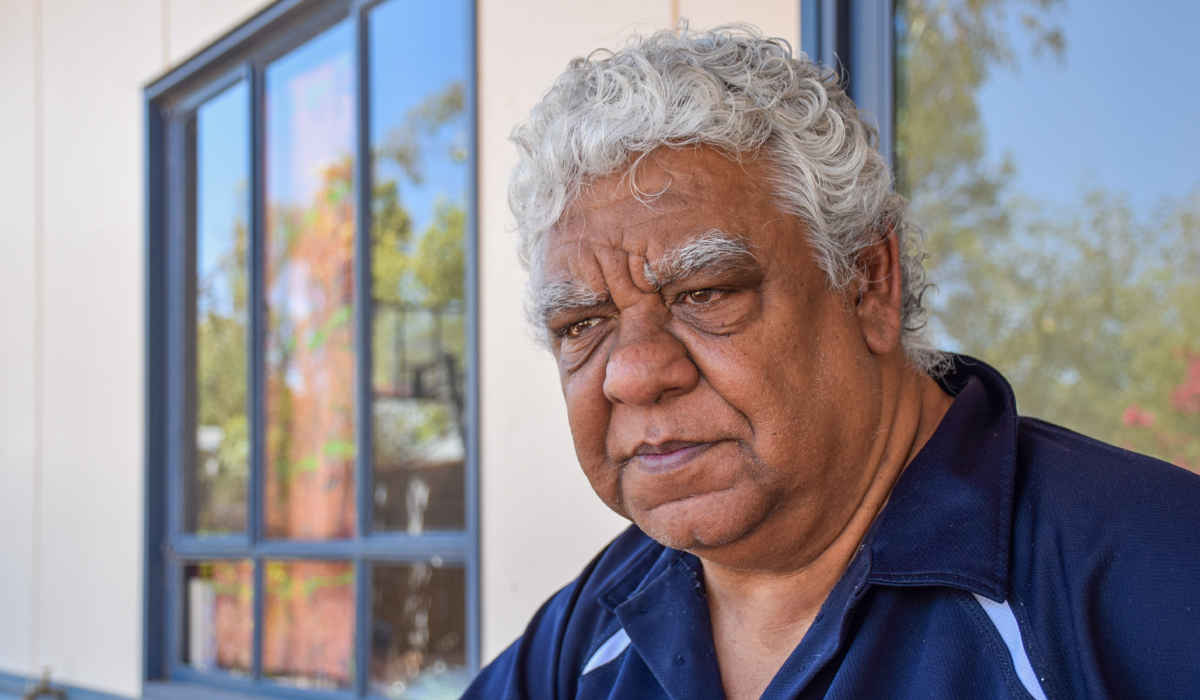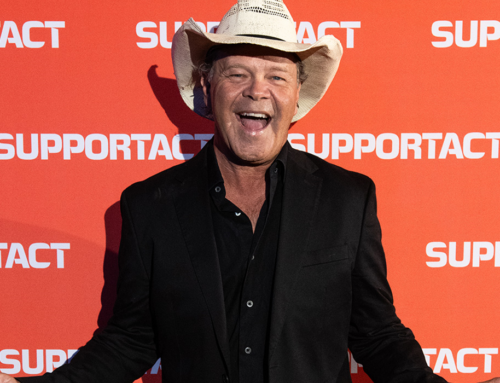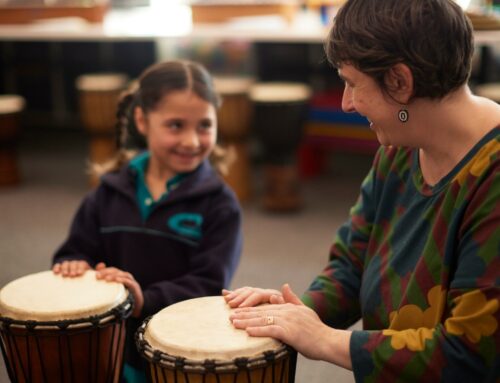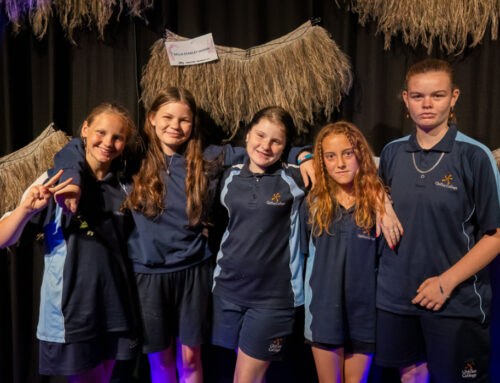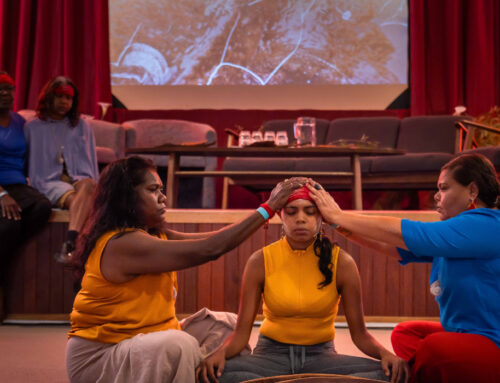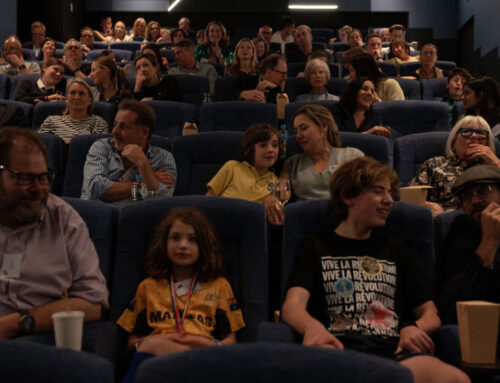If ever there was a person who embodied the spirit of National Reconciliation Week, it is surely William Tilmouth.
The respected Arrernte leader and NAIDOC 2023 Elder Male of the Year is a member of the Stolen Generations, taken from his family in Alice Springs aged five and sent to Croker Island north of Darwin. Yet his overriding message today is one of generosity, encouragement and belief in a shared future where Aboriginal and non-Aboriginal Australians can walk together.
“All through my life I’ve had very, very goodwill and support from people in the non-Aboriginal community who will go that extra mile and help you through whatever you’re trying to do,” he says. “Goodwill people, and I think reconciliation is all about that: walking together and trusting each other, having that ability to move forward as a country.”
It is a timely comment given the theme of this year’s National Reconciliation Week: ‘Bridging Now to Next’. Held from 27 May to 3 June, the week is an annual opportunity for recognition and reflection – encouraging all Australians to learn about our shared histories and acknowledge the truth of our First Nations history, cultures, and achievements. The dates are significant: 27 May marks the anniversary of the 1967 referendum that resulted in the Constitution being amended to remove clauses that discriminated against Aboriginal and Torres Strait Islander people; while June 3 acknowledges the historic 1992 Mabo decision in which the High Court recognised Native Title for the first time.
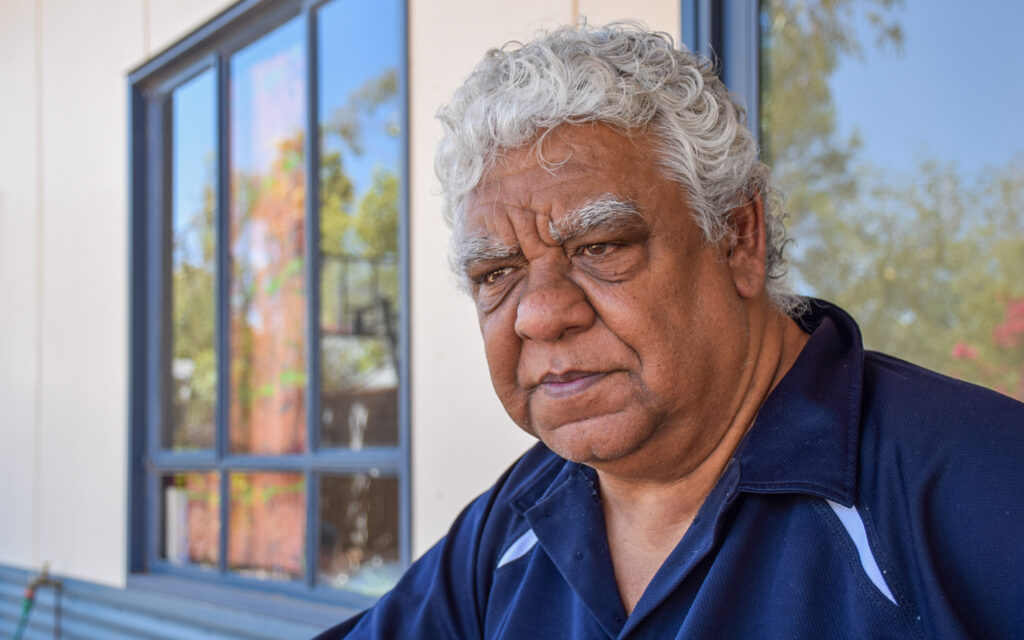
“I have an absolute resolve that radical change is needed and that Children’s Ground provides the model, approach and ability for that change to occur,” William has said of the organisation he founded.
As we approach National Reconciliation Week, William shares with us his personal story and why that story led him to believe that the organisation he co-founded 14 years ago, Children’s Ground, has the answers to ensuring future generations of Aboriginal Australians grow up to be empowered, independent leaders.
Each year, Children’s Ground celebrates the week with its Wear It Yellow campaign, a fundraising initiative that encourages businesses, individuals and organisations to raise much-needed funds for the not-for-profit while wearing a touch of yellow as a sign of their support. Our team at Alberts will be getting behind the campaign once more.
“I was born in Alice Springs, my parents both come from Arrernte country,” says William today. “Mum had passed away because of some complications, I never did find out why, and the kids were then taken away.”
The family was split up according to skin colour. William and two of his brothers, Tracker and Patrick, ‘the darker ones’, were sent more than 1000km north; while his five ‘fair skinned’ siblings went south to Adelaide where they were told they could ‘assimilate more easily’.
The three brothers spent a decade living at the Methodist mission on Croker Island. William has mixed memories from that time. “Beautiful place, I loved it, but sadly there was a lot of nature but very little nurture,” says William, who adds he will always be indebted to the cottage mother and the mission’s only medical officer, Sister Lois Bartram, who was dedicated to the 12 children in her care and who remained a lifelong friend until her death two years ago.
“I didn’t mind going to Croker Island, we got a lot of religion and education that has empowered me to do what I do.”
Of course, what it also did was separate William and all the other Aboriginal children from their families, culture, lore, and connection to country. When the mission shut down in 1967, he moved to Darwin, ultimately making his way back to Alice Springs and his family in 1969, but his father was a stranger.
“He had nothing in common with me apart from being my biological father and I never grew up with him, so it was pretty hard. I knew him for just three years before he passed away.”
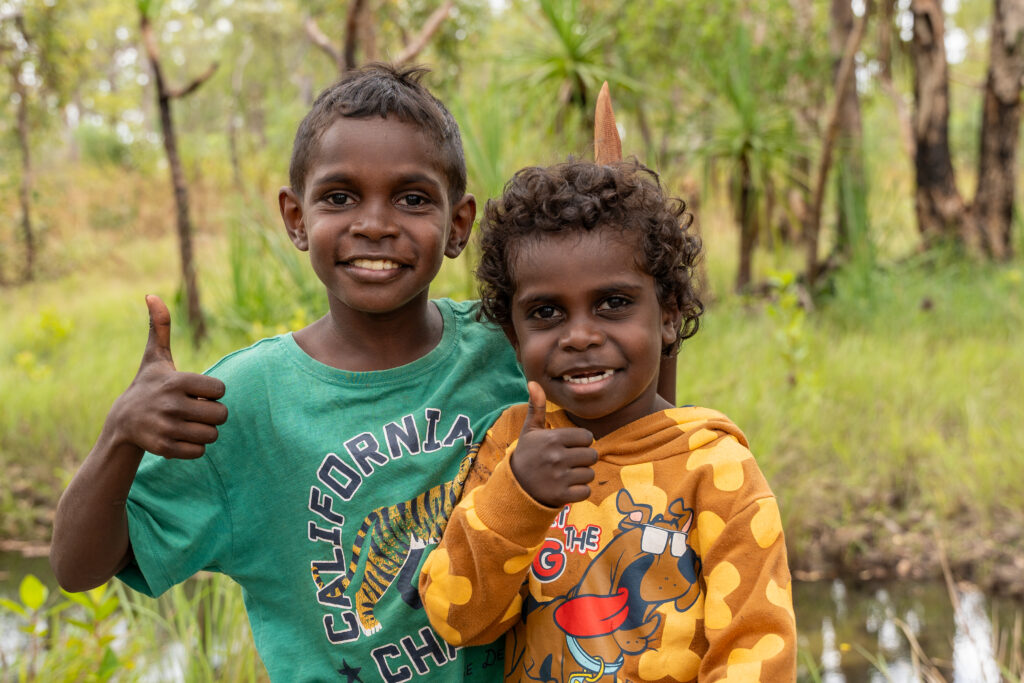
William describes Children’s Ground’s model as “a blueprint for how you can invest in real opportunity for Aboriginal communities, rather than provide charity.”
Despite this tumultuous beginning, William would go on to hold numerous respected roles in government and Aboriginal organisations including three years as the central Australian ATSIC regional chair, and 14 years as the executive director of Tangentyere Council, an Aboriginal community-controlled housing model for the town camps in the Northern Territory.
His decades working in these organisations convinced him First Nations-led solutions were the only answer to inequality and attempts to address the Closing the Gap objectives. Key to this solution is beginning in childhood, which is where Children’s Ground comes in. Founded in 2011, it aims to create a different future for the next generation by ensuring children grow up with a strong foundation and understanding of family, culture, language and identity through five key areas of wellbeing: learning, health, economic development, community development, and creative and cultural development. Alberts’ philanthropic arm, The Tony Foundation, has supported the work William and the Children’s Ground team does since 2022.
“Children’s Ground is about rebuilding that foundation because assimilation and the Stolen Generations were very much like the [Scorched Earth] policy – they decimated everything,” William says. “Children’s Ground is a preservation of a way of life, a culture, a language, a community that is on the verge of extinction in many ways … but you can now see a few green shoots coming back and know that your culture is still alive.”
A 25-year program that takes a whole-of-community approach devised and led by First nations people, Children’s Ground aims to achieve long-term intergenerational change with a focus on the identity, culture, health, education and well-being of children. Instigated by Dr MK Turner OAM, Arrernte Elder, cultural professor, linguist, author and human rights champion, and co-founded by William and CEO Jane Vadiveloo, it is led by Elders and has a dual governance structure that recognises both First Nations and western governance standards, providing children from pre-school to early adulthood with western and local education. Today, programs run in central Australia and the Top End of the Northern Territory.
“The western-prescribed solutions have no real outcomes, you can see that with the Closing the Gap statistics, every year there’s a complete failure to achieve what they set out to achieve whereas Aboriginal people who live in the situation 24/7 do have the answers,” says William. “We continue to demonstrate that programs instigated and driven by First Nations communities lead to positive outcomes.”

At Children’s Ground, Early Years learning is led by Elders and cultural educators on Country, with support from Western-trained teachers, placing First Language and culture at the heart of education.
There is evidence backing up William’s statement and endorsing the game-changing work Children’s Ground is doing. Released in December, a 2020-2022 evaluation report into the organisation’s work in Alice Springs shows the program is directly addressing nine of the 17 Closing the Gap outcomes including early childhood and education and health, youth engagement, economic participation, social and emotional well-being, culture and languages and more.
Specifically, there was a 57% increase in pre-school children engaged in early learning; a 98% increase in child engagement in nutrition; and 121 First Nations people were engaged in training and professional development between 2020-22.
While the results validate the success of First Nations-led solutions, William remains convinced of the positive outcomes that can be achieved from Indigenous and non-Indigenous Australians working together.
It is a timely reminder in the lead-up to National Reconciliation Week, and the Wear It Yellow campaign, which you can get behind here.
“Yellow is one of the three primary colours but it’s the brightest, it stands out, and that’s what Wear It Yellow is all about,” says William. “We stand out as a community who works together and walks together.”
